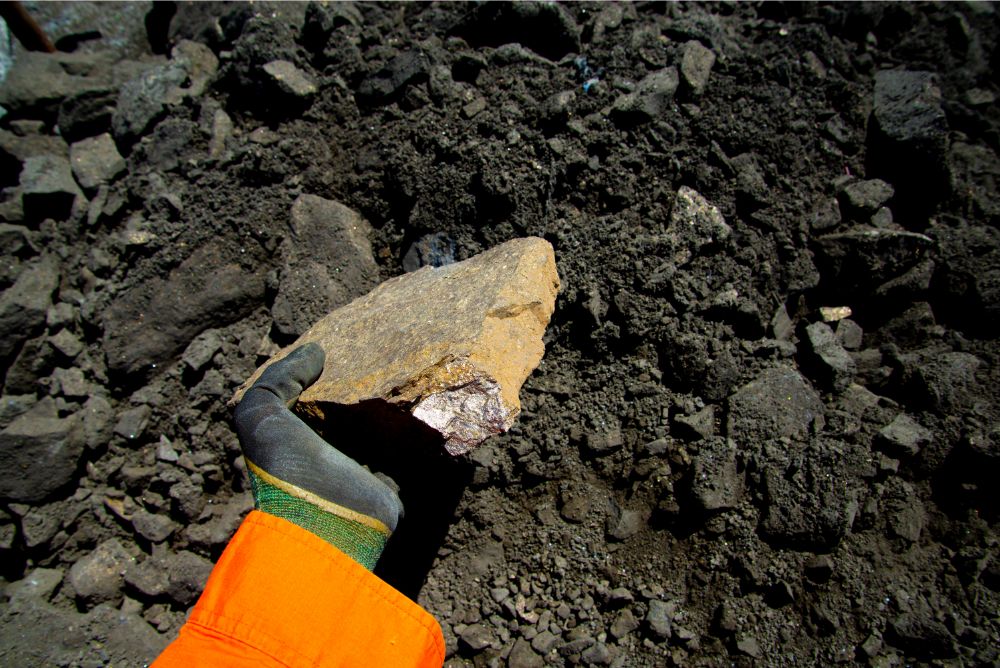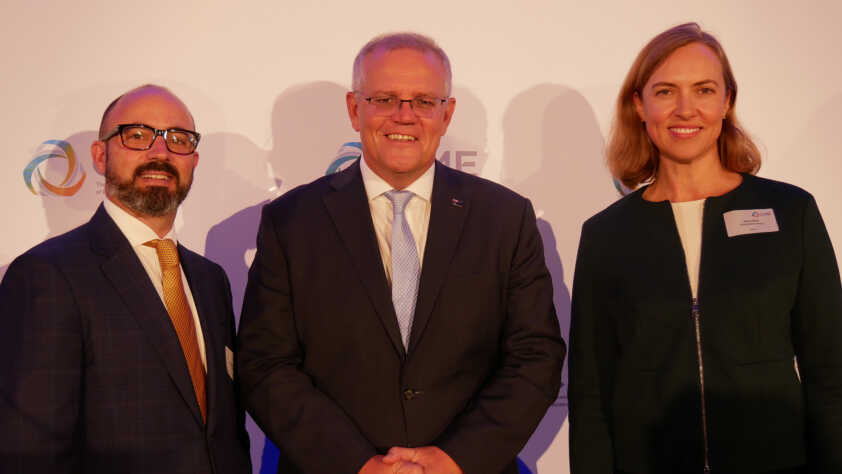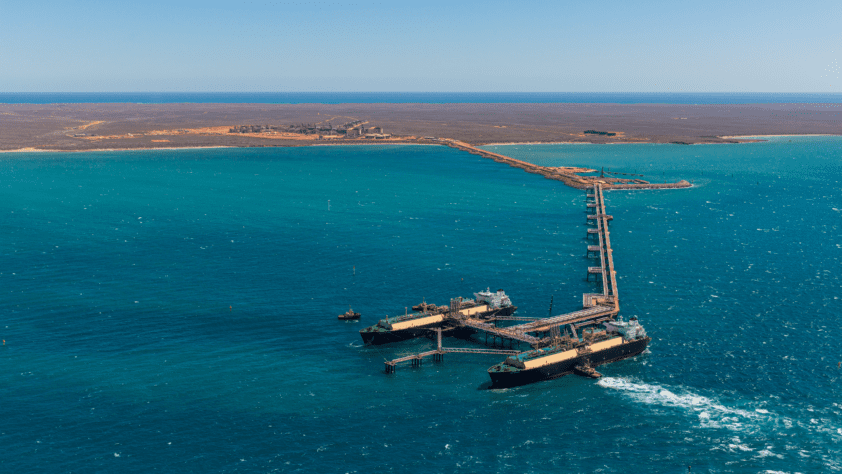“WA has the resources, operational stability and ESG credentials to deliver what the world needs for its energy future but, like any business, we need to be agile and competitive and to do that, we need governments to deliver on their pledges.”
CME Chief Executive Officer, Rebecca Tomkinson
The Chamber of Minerals and Energy of WA (CME) has today welcomed the State Government’s update of Western Australia’s Battery and Critical Minerals Strategy 2024-2030, to which CME and its members contributed throughout the consultation process.
CME Chief Executive, Rebecca Tomkinson, said it was important for state and federal government policies to be refreshed to reflect the industry’s current operating environment, including changes in external factors such as geopolitical tensions, market volatility and patterns of consumer demand.
“Our submission to the Battery and Critical Minerals Strategy update highlighted the key points we have been strongly recommending on behalf of our members, in order for the resources industry to remain resilient and in a position to seize opportunities as and when they arise,” Ms Tomkinson said.
“WA has the resources, operational stability and ESG credentials to deliver what the world needs for its energy future but, like any business, we need to be agile and competitive and to do that, we need governments to deliver on their pledges.
“We have long advocated for greater visibility and stronger, coordinated state-federal effort to reduce the end-to-end regulatory complexity and burden of interagency approvals, to attract strategic investment in our critical minerals.
“A more efficient approvals system means greater certainty for businesses looking to invest and works to improve Australia’s competitive position. It’s encouraging to see this commitment supported by $36.4 million in the State Budget and specified in the strategy update. From here, we’re looking forward to the practical application of that commitment.”
Ms Tomkinson said the provision of common user infrastructure and investment-ready industrial areas helped ensure upfront capital costs were contained and provided more certainty on project approval timeframes, but warned government budget allocations were conservative when compared with other international jurisdictions.
“The provision of turnkey strategic industrial areas and other common user infrastructure, including reliable and cost-competitive energy, can drive economies of scale and reduce operating costs,” she said.
“Don’t underestimate the importance of a low-cost, low-emission, reliable energy system. Not only is it critical for energy-intensive industries as they move to support transition to other sources, it can also open up opportunities for downstream processing.
“We welcome the strategy’s focus on ensuring the resilience of existing upstream industries and prioritising midstream development, but we can’t move downstream without a sustainable and scalable upstream.”
Ms Tomkinson said CME hoped the updated Battery and Critical Minerals Strategy would complement the Federal Government’s Future Made in Australia agenda as well as work in tandem with its Australian Critical Minerals Strategy 2023-2030 to foster the international competitiveness of WA’s resources in the global value chain.
<ENDS> Media contact: Natasha Mutch n.mutch@cmewa.com




